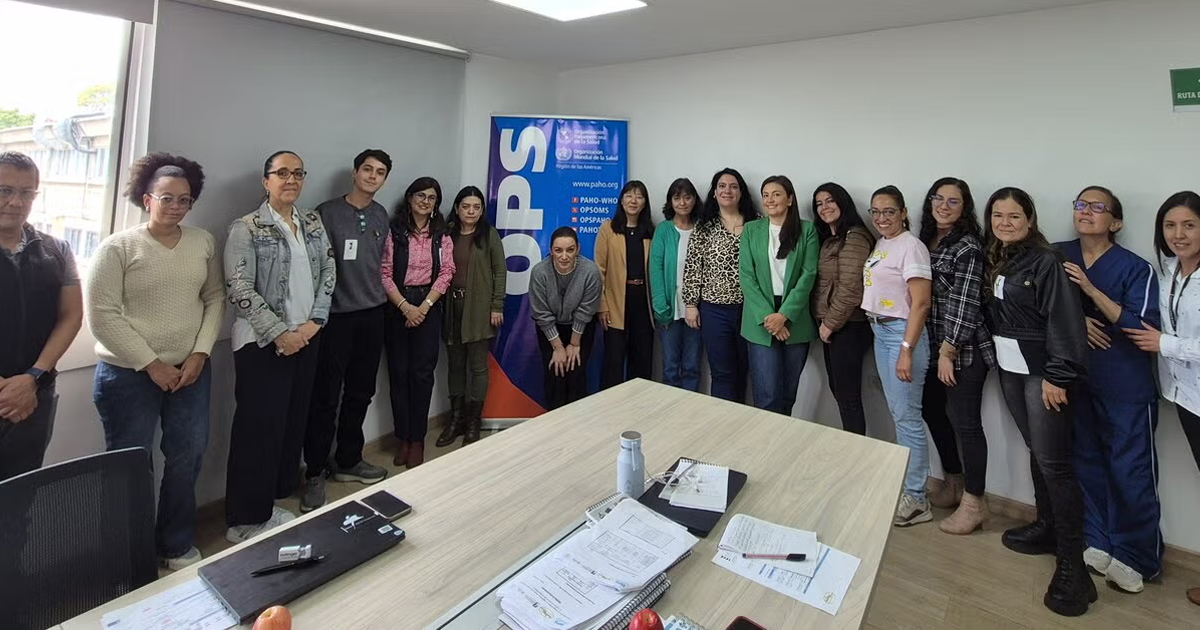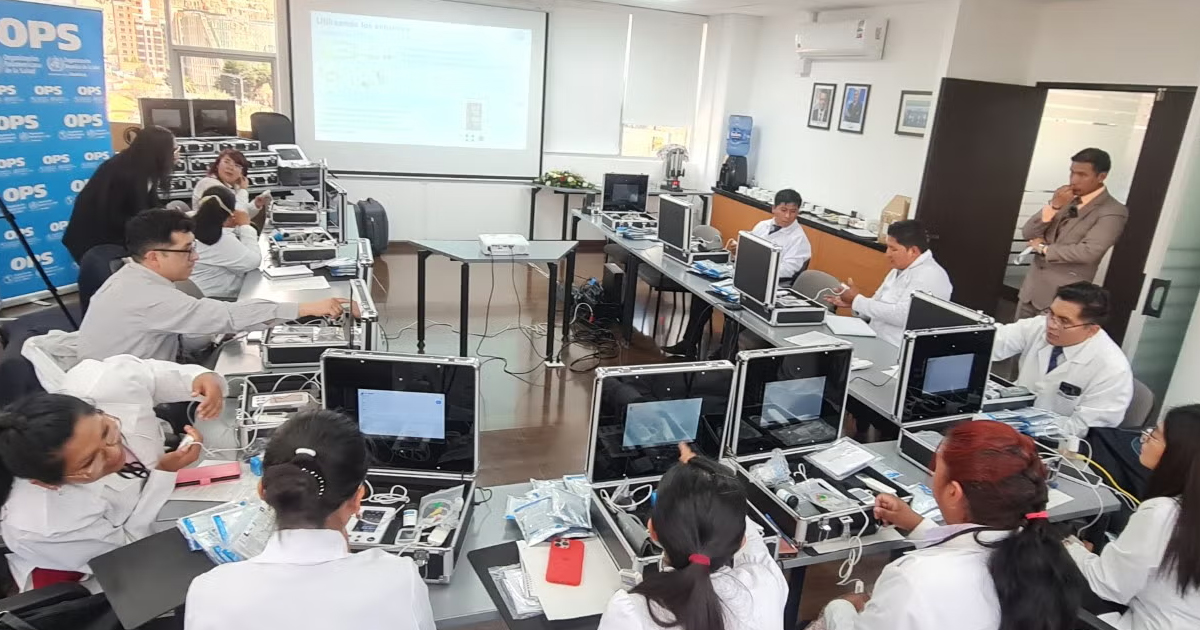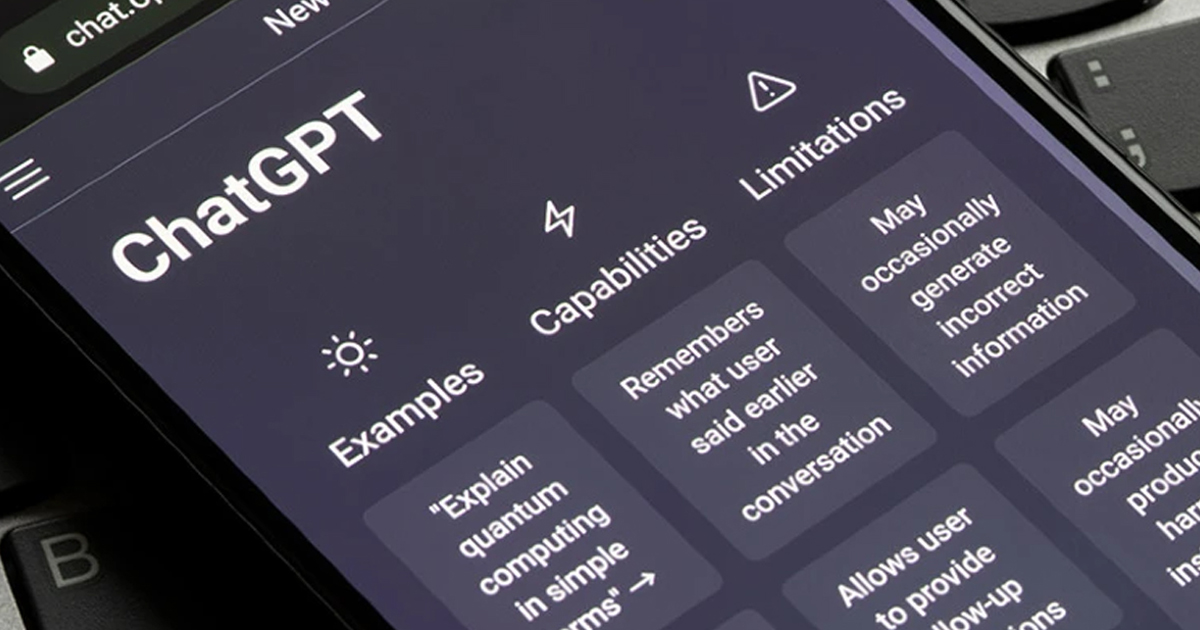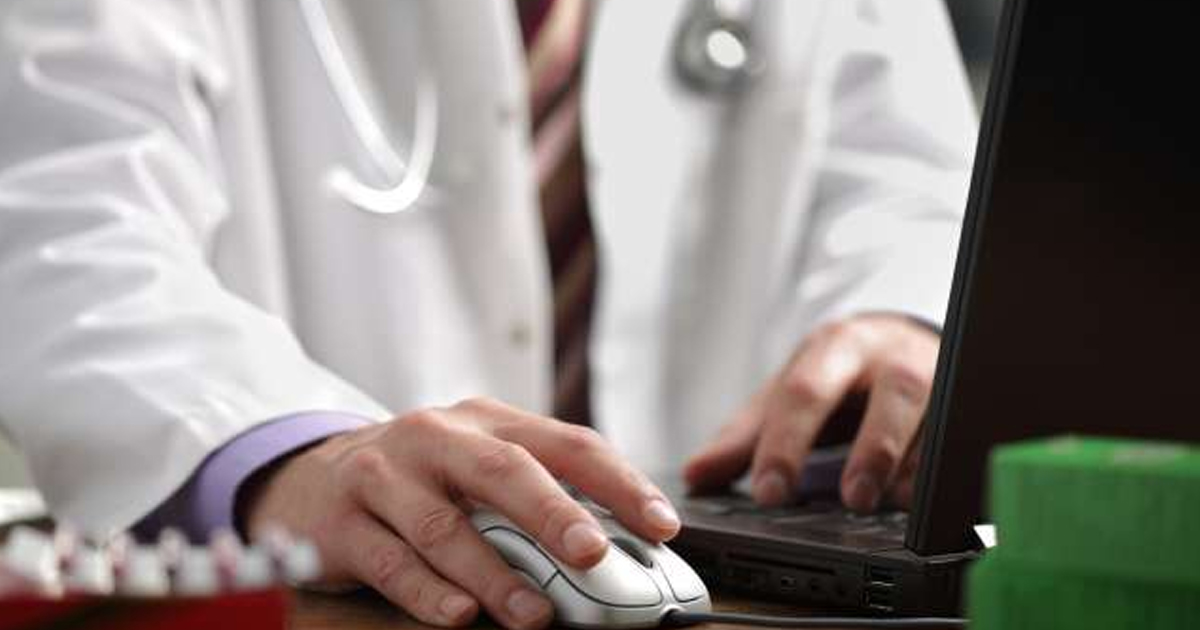Uruguay es el único país en la región que ha adoptado y creado una aplicación tomando como base la tecnología de rastreo de contactos desarrollada por Google y Apple.
Los gobiernos alrededor del mundo han encontrado en las tecnologías digitales diversas herramientas útiles para la gestión de datos durante la pandemia, para detener de alguna forma la propagación del virus o para brindar seguimiento a pacientes contagiados en aislamiento, entre otras.
En Latinoamérica, varios países han desarrollado aplicaciones relacionadas al coronavirus, Uruguay ha sido uno de esos países, sin embargo, su caso es particular, ya que su aplicación Coronavirus UY, fue actualizada para la implementación de la tecnología de trazabilidad de contactos de Google y Apple.
Desde el inicio de la pandemia, Uruguay, adoptó a series of strategies to para contener el avance del virus. Primero con la creación del Comité de Expertos Científicos en Gestión de la Crisis en marzo y posteriormente en abril la creación del Grupo Asesor Científico Honorario, que se dividió en dos grupos principales, uno de ellos Movilidad y Apps, del que se desprende su aplicación destinada a COVID-19, mediante la cual se utilizaron datos para la vigilancia epidemiológica revisando las tendencias de movilidad entre la población y mediante la trazabilidad de contactos buscaron identificar y notificar a los usuarios cuando han estado cerca de algún paciente con posible contagio.
Además de Uruguay, Suiza y Alemania también han sido pioneros en adaptar sus aplicaciones a esta tecnología. Suiza tiene una población de menos de nueve millones de personas, y Alemania con una población que rebasa los 80 millones de habitantes, datos que pueden considerarse útiles para medir la efectividad y la necesidad de aplicar esta clase de tecnologías en teléfonos móviles con fin de frenar los contagios.
La aplicación Coronavirus UY, fue creada originalmente para distribuir información sobre el virus, además permitía a los usuarios realizar autoevaluaciones e informar sobre los síntomas. La pandemia orillo al gobierno a implementar la mayor cantidad de medidas posibles para evitar contagios masivos, que en un país con menos de cuatro millones de habitantes habría resultado catastrófico.
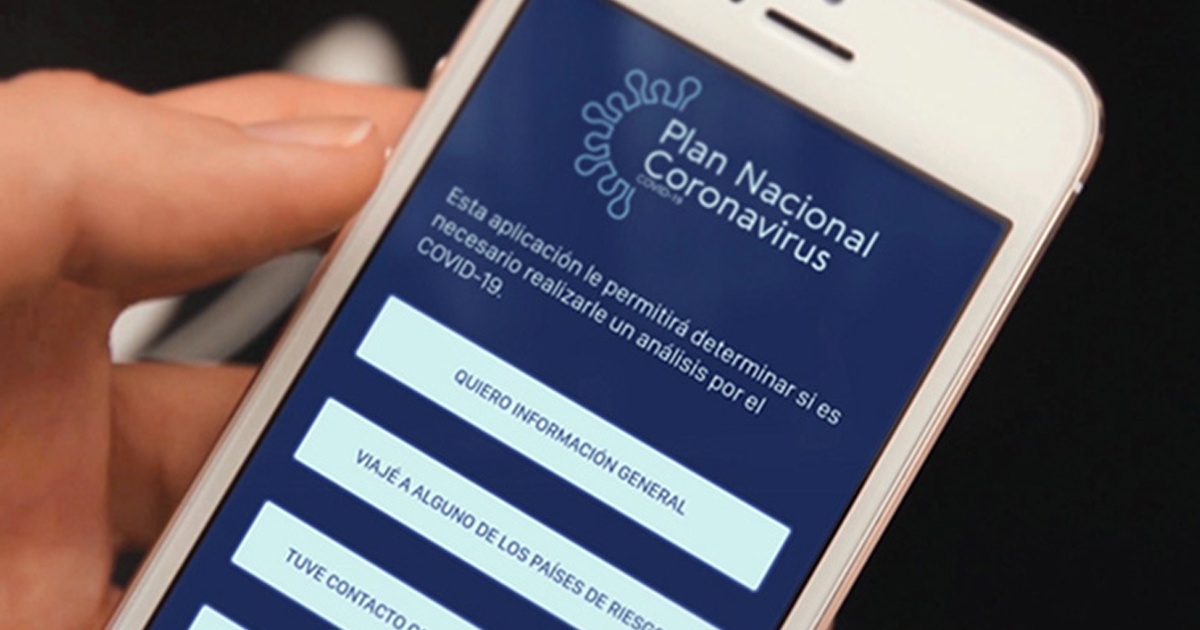
Sin embargo, a pesar de que en general las estrategias del gobierno condujeron a un resultado favorable (2,061 casos totales y 48 defunciones al 2 de octubre de 2020), existen retos que deben ser resueltos, concretamente en la legislación y las regulaciones sobre el desarrollo de aplicaciones móviles enfocadas en salud.
Fabrizio Scrollini, Javier Baliosian, Lorena Etcheverry, Guillermo Monecchi un grupo de expertos en datos, transparencia y tecnología, planteó las siguientes preguntas en relación a cómo el gobierno gestiona la transparencia de las aplicaciones y cómo estas pueden mejorar en aspectos de protección de datos y transparencia:
- Utility: ¿La aplicación contribuirá a los mecanismos de vigilancia epidemiológica existentes? Si es así, ¿cómo sucederá exactamente esto en cada contexto particular?
- Compatibility with legal frameworks and principles: ¿En qué medida la aplicación protege o compromete los derechos humanos como la privacidad y la libertad de movimiento? ¿Qué tipo de responsabilidad están asumiendo los gobiernos, los desarrolladores y las empresas globales? ¿Son estas disposiciones compatibles con el marco constitucional vigente?
- Implementación y monitoreo: ¿Qué capacidades tienen los gobiernos y las empresas locales establecidas o necesitan desarrollar para monitorear de manera efectiva cómo se usa la aplicación?
- Evaluación continua: ¿Qué mecanismos y metodologías institucionales se requerirán para evaluar y gobernar la implementación de aplicaciones de alerta-exposición?




